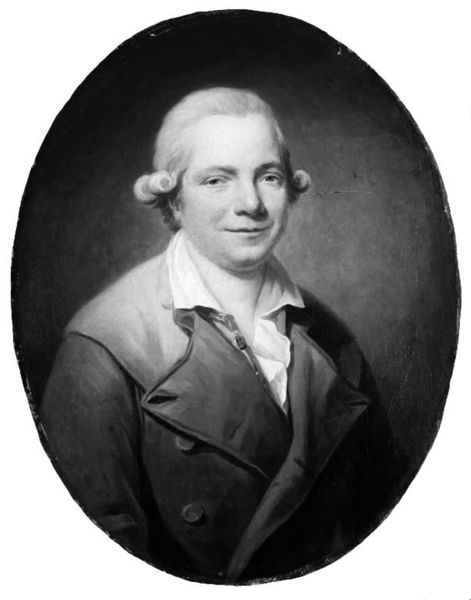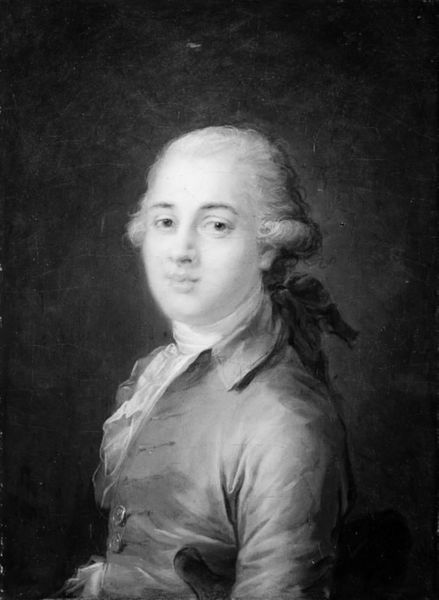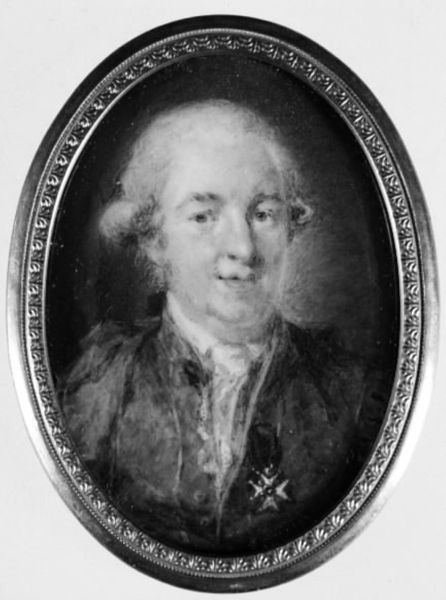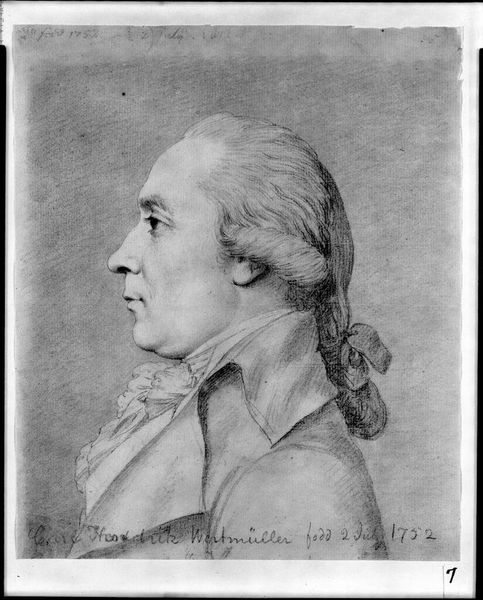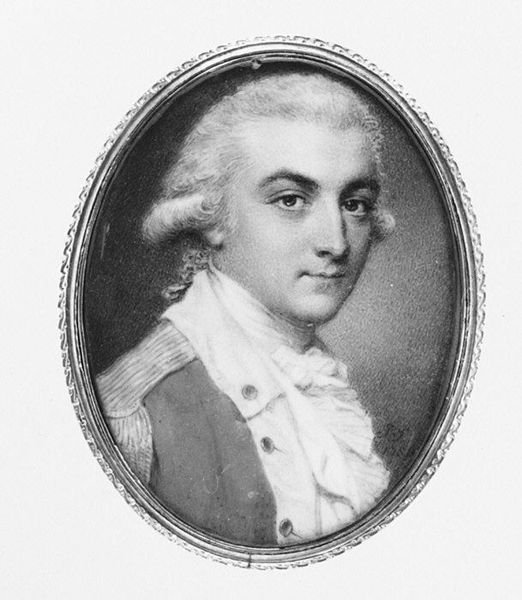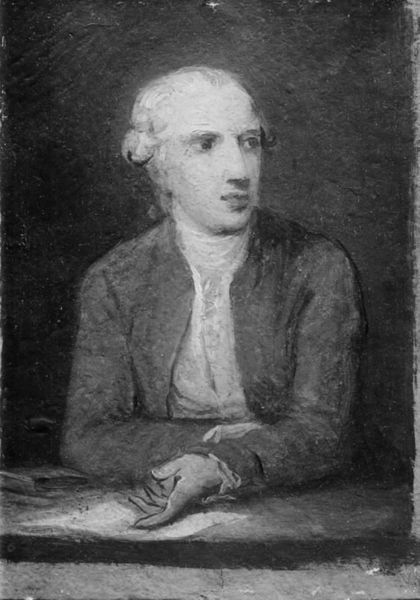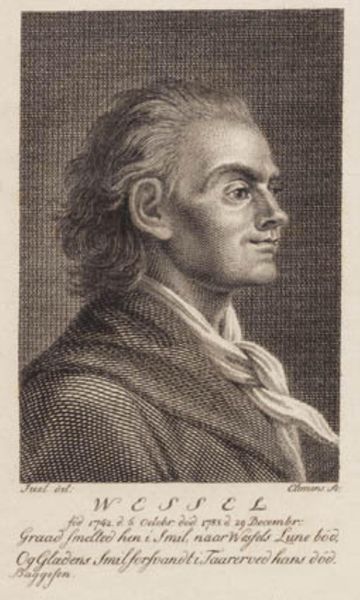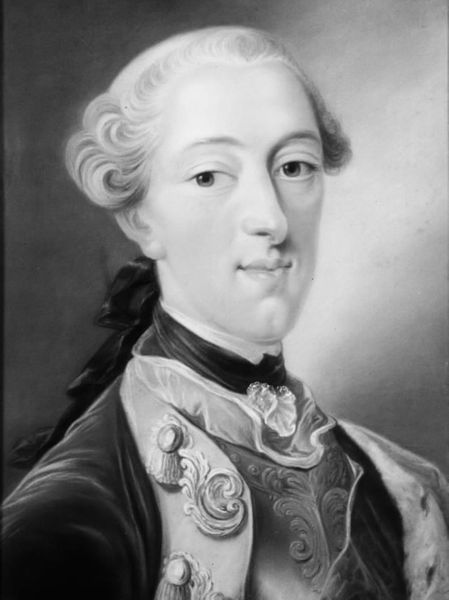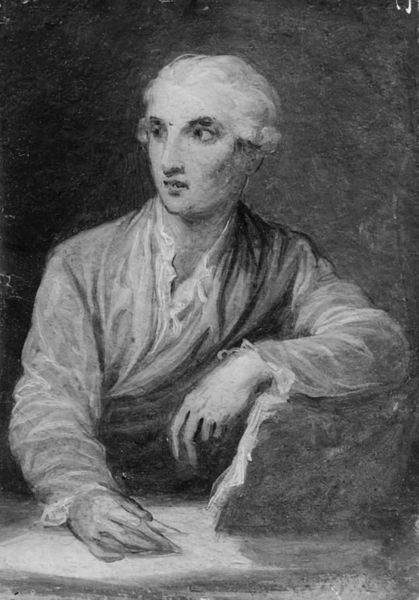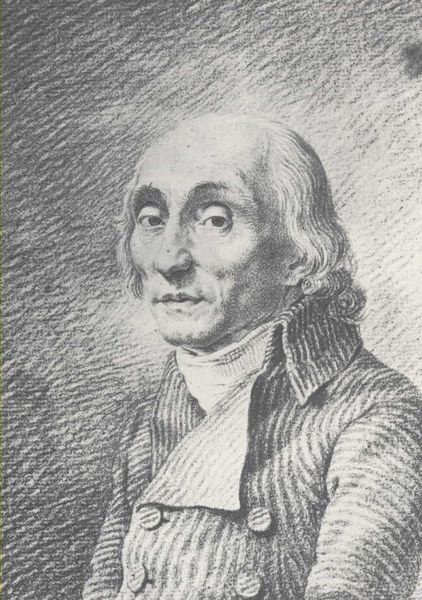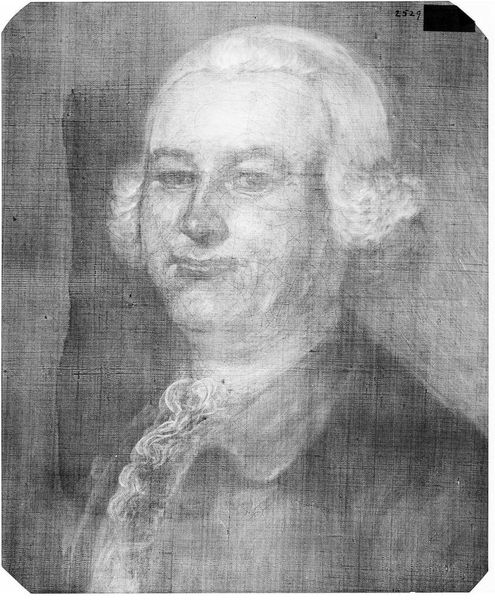
painting, oil-paint, canvas
#
portrait
#
neoclacissism
#
portrait
#
painting
#
oil-paint
#
canvas
#
male portrait
#
realism
Dimensions: 39 cm (height) x 32 cm (width) (Netto)
Curator: Looking at this piece, I'm immediately struck by its calm restraint. It has a certain understated power, wouldn't you agree? Editor: Yes, an interesting contrast with its subject; the weight of history seems to be reflected in the man’s subdued gaze. This is thought to be a portrait of Materialforvalter Bartholin, created by Peder Als sometime between 1741 and 1776. The painting, rendered in oil on canvas, resides here at the SMK, the Statens Museum for Kunst. Curator: Materialforvalter. Even the title sounds… bureaucratic. He doesn't come across as overly thrilled, does he? More the stoic civil servant, bearing the weight of his societal role, captured for posterity. The tight mouth and furrowed brow suggests an active interior life. Editor: Exactly! The political landscape then dictated that these portraits played an important role. This would have served as an emblem of authority, announcing both status and, importantly, continued familial influence. Notice the fine wig, the carefully knotted cravat – each detail emphasizes belonging. It reminds the viewer, then and now, of inherited privilege. Curator: And those objects speak volumes! Although neoclassical in style, I wonder if we could look closer to unpack the symbolism implied in a painting such as this. Editor: I find it telling how ubiquitous these types of paintings are, and that reveals how central the practice was to culture during the era. Curator: A way to visually establish the individual’s place in a rigid social hierarchy. Editor: Yes, this painting, like many from that era, illustrates the cultural performance of power. I would want to understand the networks that brought this image to existence, who would view it, how it operates within this system of power relations. The institution that ordered and displayed the image bears relevance, too. Curator: Looking at it through that lens definitely heightens the sense of responsibility weighing down on the sitter. Perhaps this portrait immortalizes something more complicated: the tension between personal identity and prescribed social role. Editor: Precisely. Art doesn't exist in a vacuum. Understanding the painting's socio-political context makes the work that much more illuminating, don’t you think? Curator: I concur completely! Analyzing cultural meaning woven into art really bridges past to present.
Comments
No comments
Be the first to comment and join the conversation on the ultimate creative platform.
